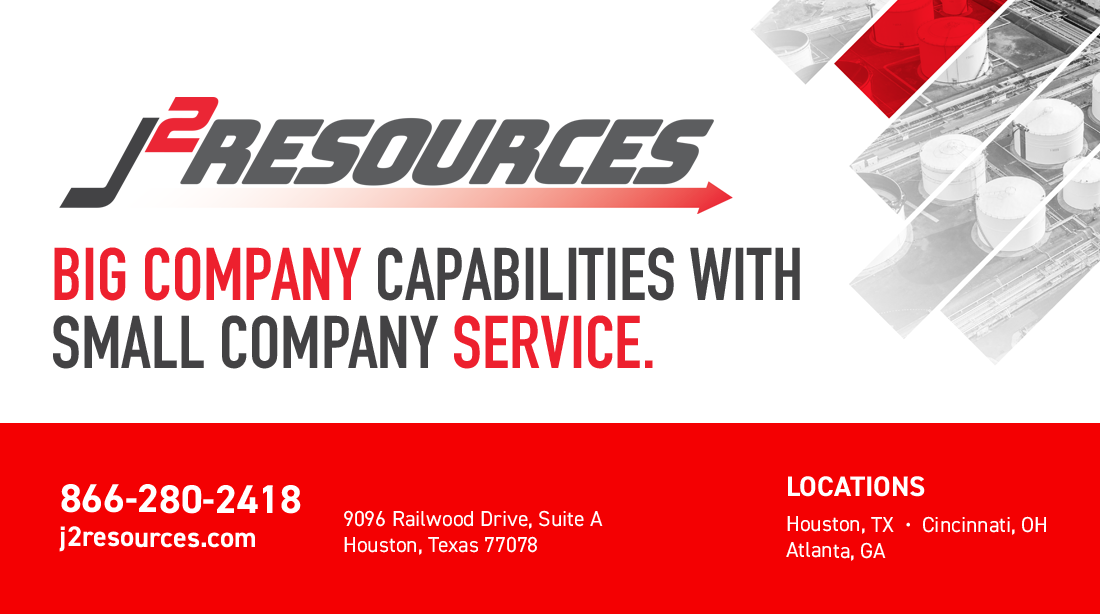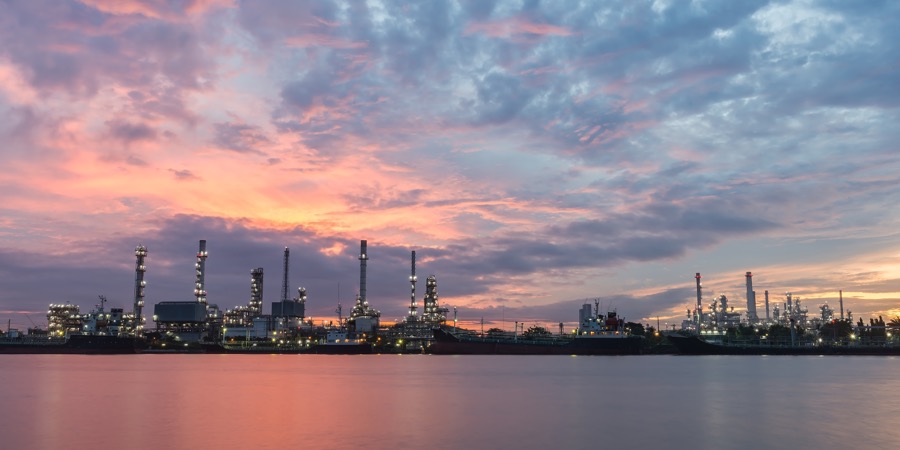An interview with Eric Bediako, Reliability Engineering Superintendent at the Delek US Holdings El Dorado Refinery in Arkansas
Prior to the 10th Chem/Petrochem and Refinery Asset Reliability Conference, marcus evans spoke with Eric Bediako, Reliability Engineering Superintendent at the Delek US Holdings El Dorado Refinery in Arkansas. Eric has 13 years of industrial experience in various roles in refining and industrial gases and a doctoral student in the Department of Industrial Engineering at Texas Tech University. He earned his master’s degree in systems and engineering management at Texas Tech University and earned his bachelor’s degree in Chemical engineering at the Kwame Nkrumah University of Science and Technology. His research includes stochastic approach to piping degradation and maintenance optimisation using Markov Decision process.
What is one of the most important lessons you’ve learned from working with NDE methods to identify problems with fixed equipment?
The most important lesson I have learned from working with NDE methods is to use the right method for the right damage mechanism or degradation process. In other words using the wrong methods could lead to a type II error, potentially leading to a catastrophic failure.
When is the best time to implement non-destructive examination within a components lifecycle?
I would say the best time to implement NDE is from the initial installation of the components, at the least in the case of piping degradation monitoring. The more the data points, the higher the certainty of prediction of failure
What it a notable thing that you have found when comparing today’s inspections with the outcomes of older inspection?
The most notable difference I have personally seen in my analysis of data from older inspection methods and relatively current methods is the higher level of accuracy for the latter. Resulting in the comparative readings indicating an increase rather than decrease in wall thickness.
How has the use of continuous ultrasonic testing affected the process of detecting flaws?
Continuous UT thickness measurements add a lot of value to long term planning for replacement. Some of these UT measuring devises log readings every 12-24 hours and with this type of data, you are able to detect aggressive corrosion rates faster than time interval based UT inspections.
What would you like to achieve from attending our 10th Chem/Petrochem & Refinery Asset Reliability Conference?
I hope to share the knowledge I have acquired in programs I have been involved in for refinery equipment reliability and to also learn new ways of doing things in our industry.
For more information visit https://events.marcusevans-events.com














